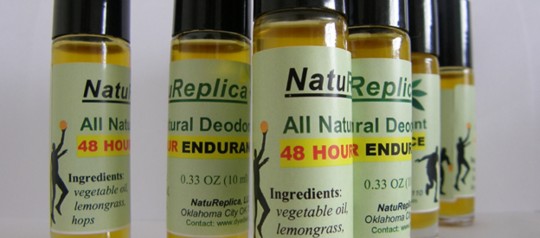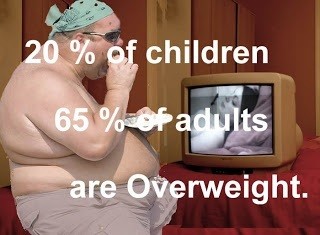Estimate Risk and Nutrition of Any Processed Food
A year of 2011 is expiring and this is a good time to take a look backward in order to better understand the way walked. The DyeDiet has developed an original food risk and nutrition estimation approach designed to help the consumers to sort out risky foods in favor of healthier more nutritious products. As the result of these efforts, over 80 popular American foods and beverages were critically reviewed and their health risk and nutritional factors were calculated. Another result is creation of the DyeDiet Risk Factor (DDRF) database where health risk factors based on the chemical structure and publicly available health problems information are assigned to each individual food additive or an ingredient, more than 200 items overall. I plan to update the database when more food additives are included.
As you know from reading the DyeDiet diagrams, all food additives are categorized in three groups: Green – nutrient; Yellow – benign food additive (not likely to harm you); Red – foreign food additive (no place in the human body, likely harmful for your health). Now, with the DDRF database growing we can easily calculate chemical risk posed by foreign food additives (DDFI value) and nutritional factor (DDNF value) of any processed food provided the ingredient list is readable on the label.
DyeDiet Foreign (Chemical) Impact:
 As soon as you have DDFI and DDNF values calculated you can make your decision about a product.
As soon as you have DDFI and DDNF values calculated you can make your decision about a product.
- The RECOMMENDATION would be to reject any product with DDFI > 0.9 (exceeding 0.9, high risks) and DDNF < 0.9 (below 0.9, low nutritional values).
- The PREFERENCES would be the products with DDFI = 0 (zero) when no foreign food additives present in a food (no red marked additives) and highest possible DDNF, say in 1 – 6 unit range, for instance.
Again, please note that the DyeDiet approach is only good for processed food products containing at least one food additive (either red or yellow) and it is NOT applicable to the whole foods for which DDNF values would have been impossible to calculate because the sum of “red” and “yellow” additives in the above DDNF equation turn to 0 (zero). Indeed, when you eat whole food there is no intrinsic toxicity involved if you follow the “golden rule” of eating in moderation whereas benign (yellow) and especially foreign (red) food additives may pose health problems even if consumed in moderation for an extended time (chronic toxicity).
I hope this helps to better understand the DyeDiet approach and to make less risky food choices for you and your children! With All Best Wishes for the New Year of 2012!
Category: DyeDiet RECOMMENDED, Food and Risk, Healthy diet







